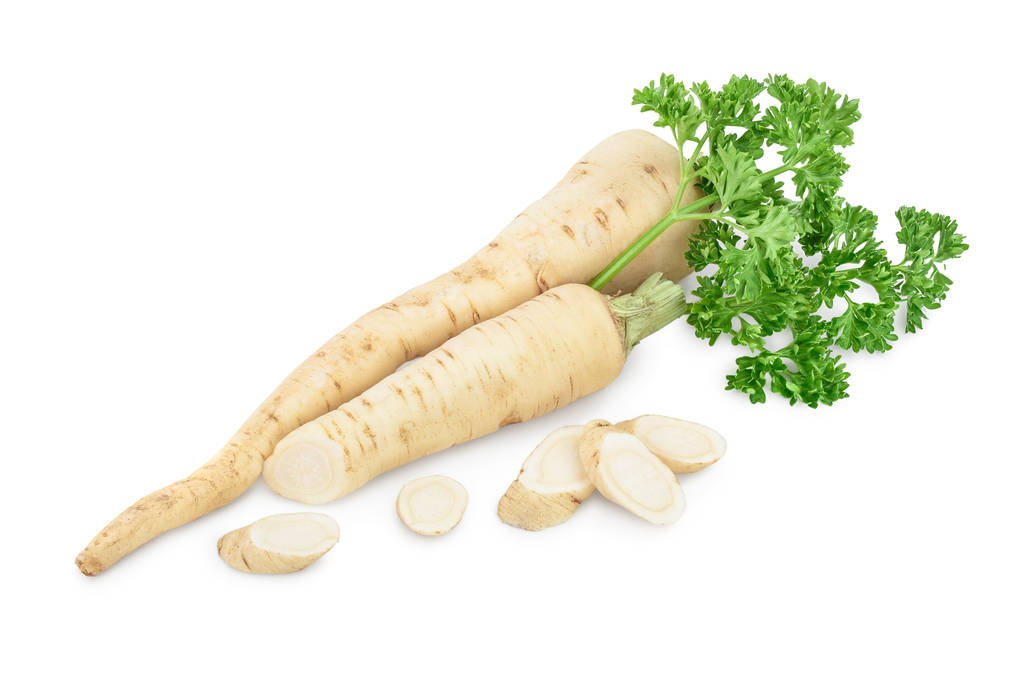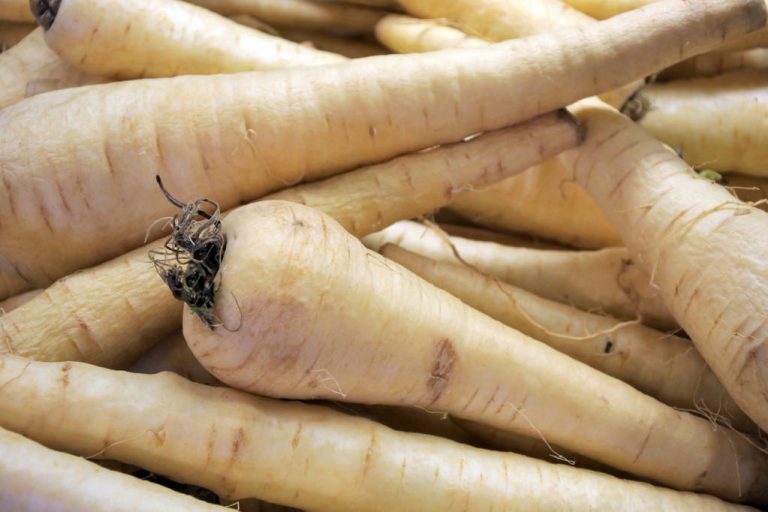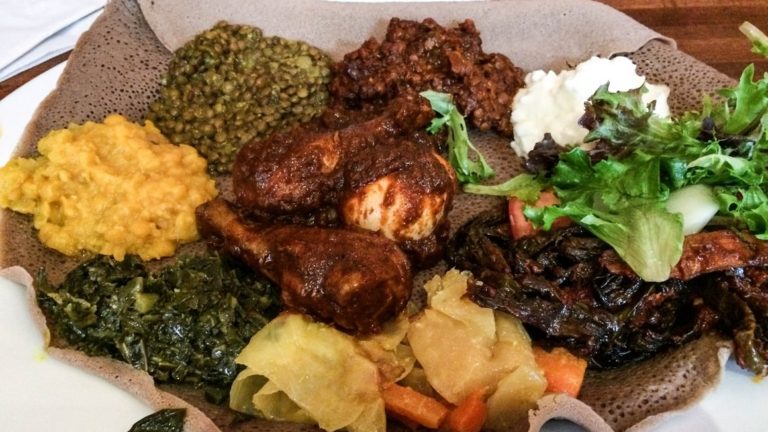Parsnip and parsley root look confusingly similar. We’ll show you how to tell the two types of vegetables apart.

Parsnip and parsley root: these are the differences
Parsnip and parsley root are two types of root vegetables that are best known as fall and winter vegetables. So you can get the two tubers in Germany from October to February from regional cultivation. They are very similar in shape and color: both are white to beige in color and get narrower towards the end.
However, you can easily distinguish between the two roots by a few basic characteristics:
Parsnip and parsley root are two types of root vegetables that are best known as fall and winter vegetables. So you can get the two tubers in Germany from October to February from regional cultivation. They are very similar in shape and color: both are white to beige in color and get narrower towards the end.

How to use parsley root and parsnips
You can use parsnips and parsley roots in a similar way in the kitchen. Both bulbs are suitable as individual side dishes or as an ingredient for soups, stews and vegetable pans. You can also eat them raw and use them grated for salads, for example.
However, you should note that parsley roots taste much spicier – so only use them in moderation. Parsnips, on the other hand, are a good basic ingredient thanks to their mild aroma and are also suitable, for example, as a puree or baby food or as an ingredient for casseroles and gratins. If you slice them and bake them in the oven, you can also make healthy oven fries from the root vegetables.


